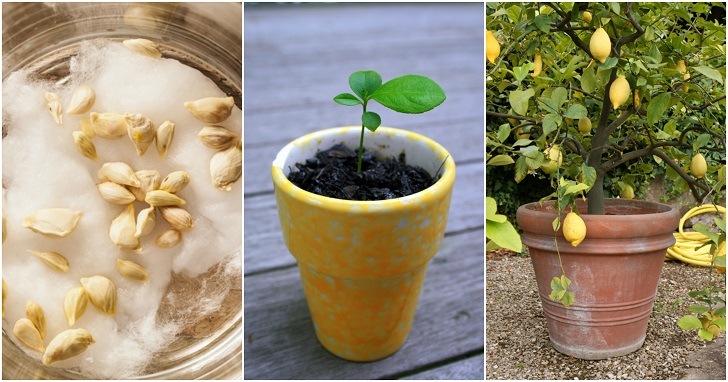
They say when life gives you lemons, make lemonade, but you really should do a whole lot more than that.
This little citrus fruit not only offers a multitude of health benefits, they’re one of the most alkaline forming foods on Earth, which makes them great for balancing an acidic body.
Lemons were first created as a cross between a lime and a citron. It was the Arabs that first introduced them to the Europeans, and Christopher Columbus himself brought them to the New World during his second voyage in the late 15th century.
A few centuries later during the California Gold Rush, lemons were commonly eaten by the miners to protect themselves against scurvy, a disease that results from a lack of vitamin C.
While lemons are well known for their high level of vitamin C, they also contain riboflavin, thiamin, iron, magnesium, pantothenic acid, fiber, vitamin B6, potassium, copper, calcium, and folate.
Eating lemons regularly is a great way to:
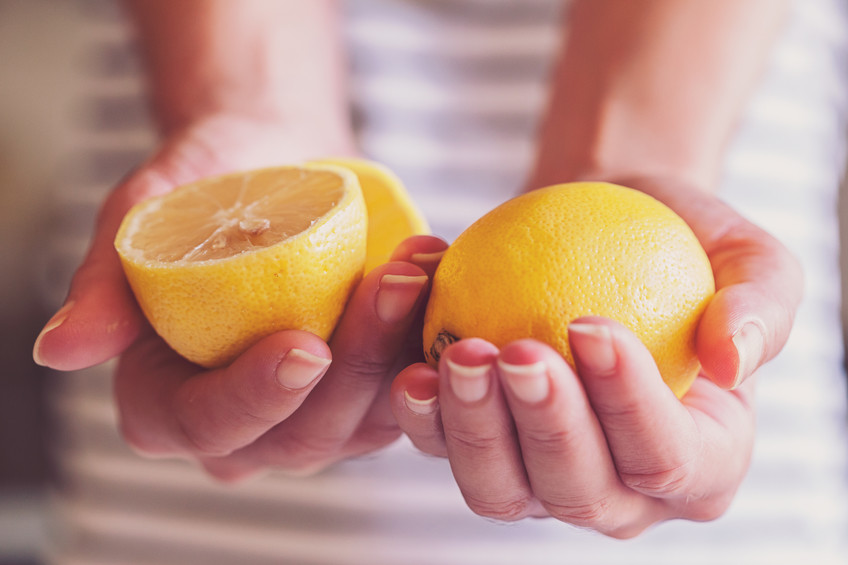
- Boost your immune system
- Keep your body’s pH in balance by reducing overall acidity, which helps to lessen pain and inflammation
- Lower your cancer risk research has found that citrus fruits, including lemons, contain compounds called limonoids which have been shown to help fight cancers of the mouth, skin, lung, breast, stomach and colon)
- Improve your mood and focus while reducing anxiety and depression – the scent alone has been found to boost energy and lift one’s mood
- Protect against rheumatoid arthritis
- Support the liver
- Improve digestive health
- Support weight loss efforts
Of course, you probably can’t, and wouldn’t want to try, eating multiple lemons every day, but you can derive many of these same benefits simply by drinking lemon water.
It’s a great way to stay hydrated and prevent the boredom that can occur when you try and force yourself to drink plain water all day long. It’s incredibly cheap to make, can help you lose weight, keep your skin glowing and ensure that your body gets the vitamin C and other important nutrients it needs to function properly.
When you start drinking lemon water every day, you’ll never want to miss it again – drinking a glass when you first wake up can be just as energizing as your morning cup of coffee!
One of the best ways to ensure that you’ll always have lemons around is to grow a lemon tree.
And, while they tend to flourish in places that enjoy a warm, sunny climate year round, they can also thrive indoors in colder climates.
Typically, rooting cuttings are the best option for growing fruit quickly, but lemon tree cuttings aren’t easy to come by in many areas of the world. It may take some time (from 3 to 6 years), but growing your very own tree from a tiny seed is extremely rewarding, watching it grow from a little seedling into a beautiful, lemon-producing tree.
What you’ll need to get started:
An organic lemon.
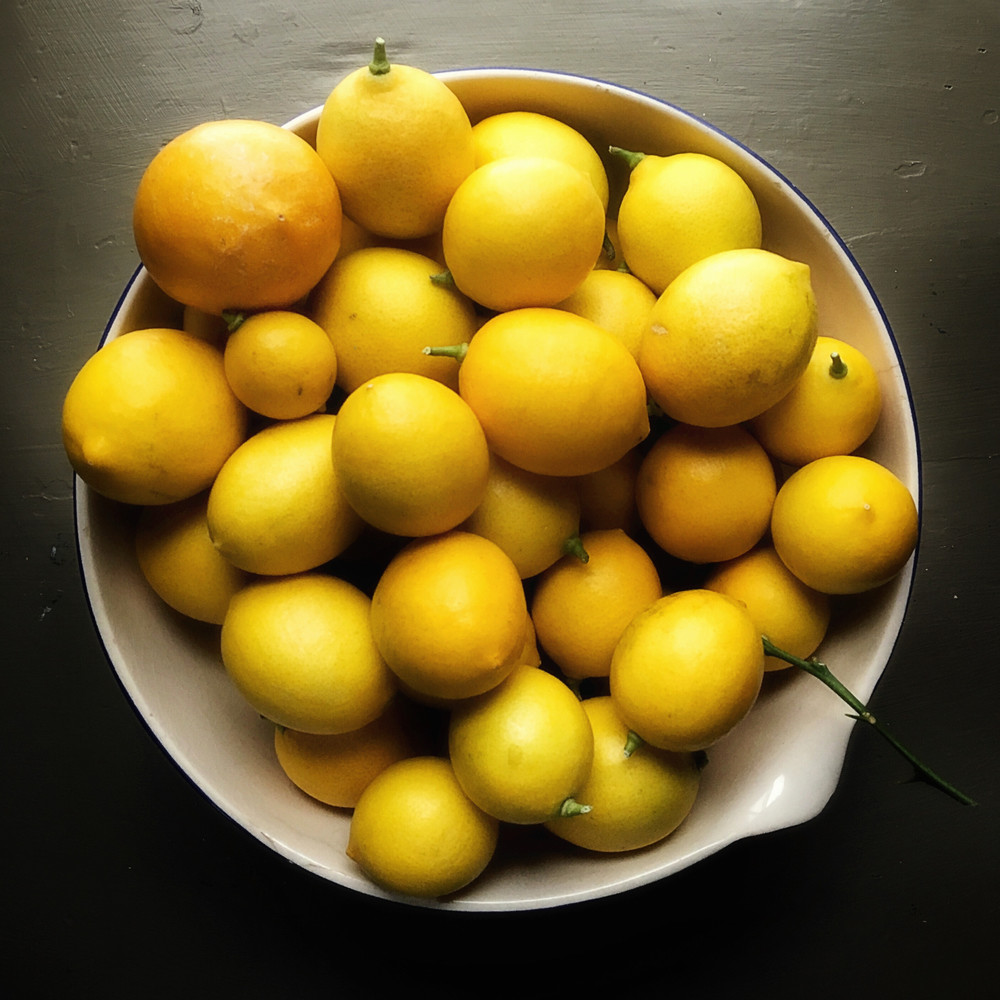
If you have space restrictions and/or live in a cool climate, Meyer lemons are the best as they’re more suitable for growing in an indoor container.
Otherwise, any type of organic lemon will do. Don’t try and save money by going conventional, however, as non-organic lemons often contain seeds that are incapable of germinating.
Potting soil.
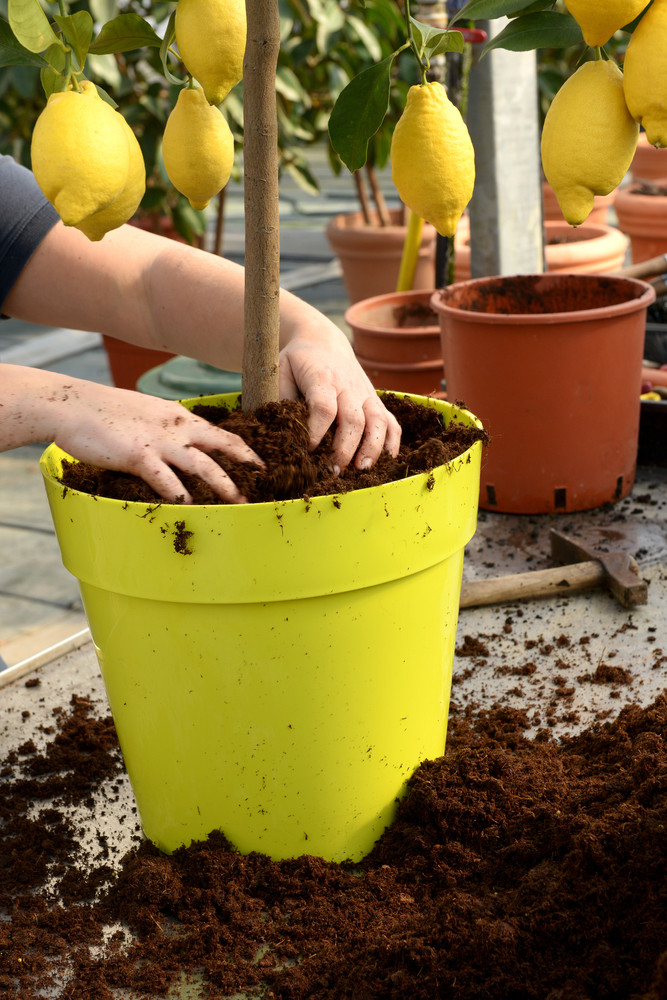
Citrus does best in potting soil that contains a blend of peat, perlite, vermiculite and organic fertilizer.
This organic fertilizer is specifically designed for potted citrus trees. Be sure that the soil is light enough to drain water well. If it’s too heavy, you can add hardwood bark chips to the mix, which increases the amount of air spaces.
A container.
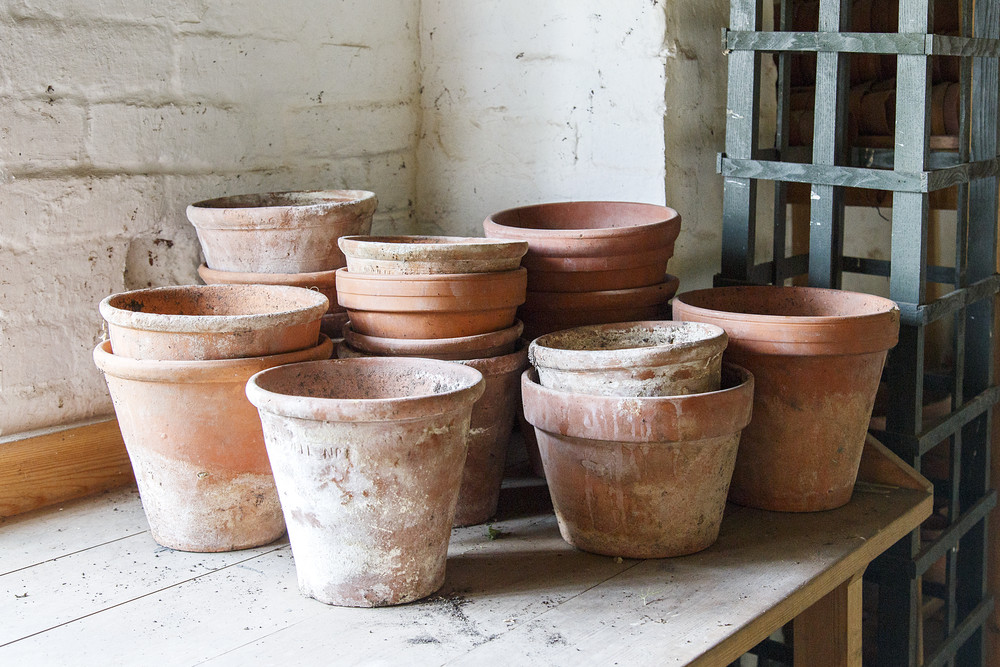
Start out with a small container as it will be easier to maintain the right soil moisture than in a larger one. If the soil stays too wet in a big container, a young tree, with its small root system, is likely to rot and dry.
Beginning with an 8-inch diameter container is recommended, and then once your tree is two or three years old, you can move it to a 10- to 12-inch container. As it continues to grow, you may need to upgrade one more time.
Choose one that’s made of wood, plastic or terra cotta, and be sure that it has adequate drainage holes. While glazed terra cotta containers look more attractive for growing a tree indoors, plastic containers are the lightest weight, which makes them a lot easier to move around, especially if you’ll be moving it in and outdoors with the seasons.
Light.
Lemon trees need a lot of light, whether it’s sun or artificial light, particularly when sprouting, as they require 10 to 14 hours of it every day.
If possible, set it up where it can get full sun from a southern exposure. If that’s not an option, you can supplement sunlight by installing 40-watt fluorescent shop lights (like these ones on Amazon) above the plant.
It’s not that expensive and will more than pay off in the long run.
Moisture.
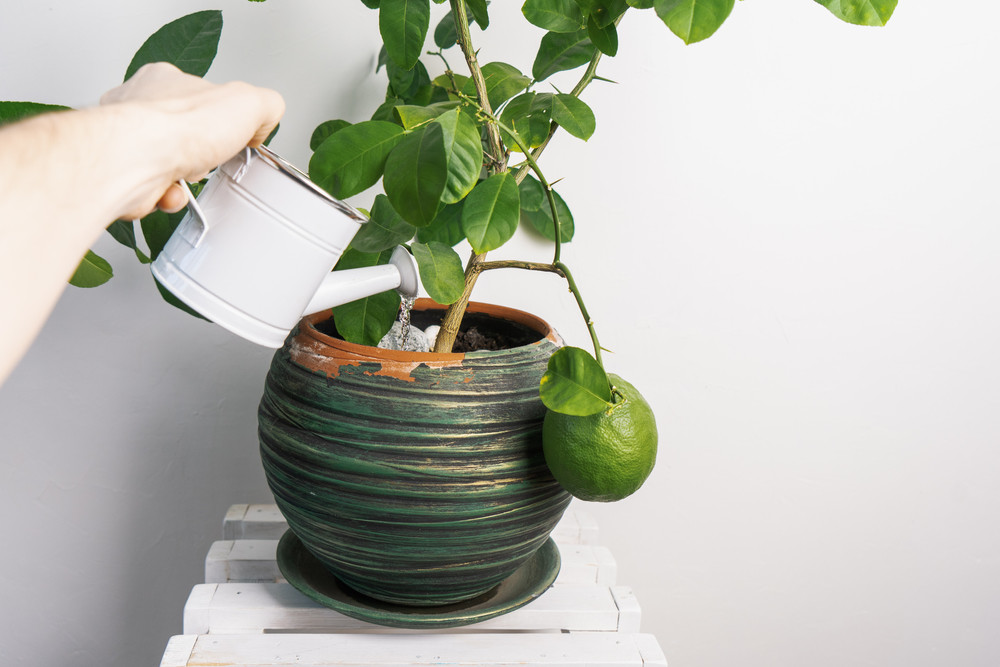
It’s important to keep the soil evenly moist. If you’ll be growing indoors, as most interiors tend to be dry, you’ll need to mist your growing tree on a daily basis.
Citrus prefers infrequent, deep water as opposed to more frequent shallow watering when growing outdoors. You’ll want to water when the soil is dry to 6 inches deep – if the leaves begin to yellow and don’t perk up after you water, then you’ve been overwatering. If they’re wilting and begin to perk up after watering, then you waited too long between watering.
Generally, watering once or twice a week works well, but you may need to adjust that depending on the time of year and weather.
Sprouting your lemon seed:
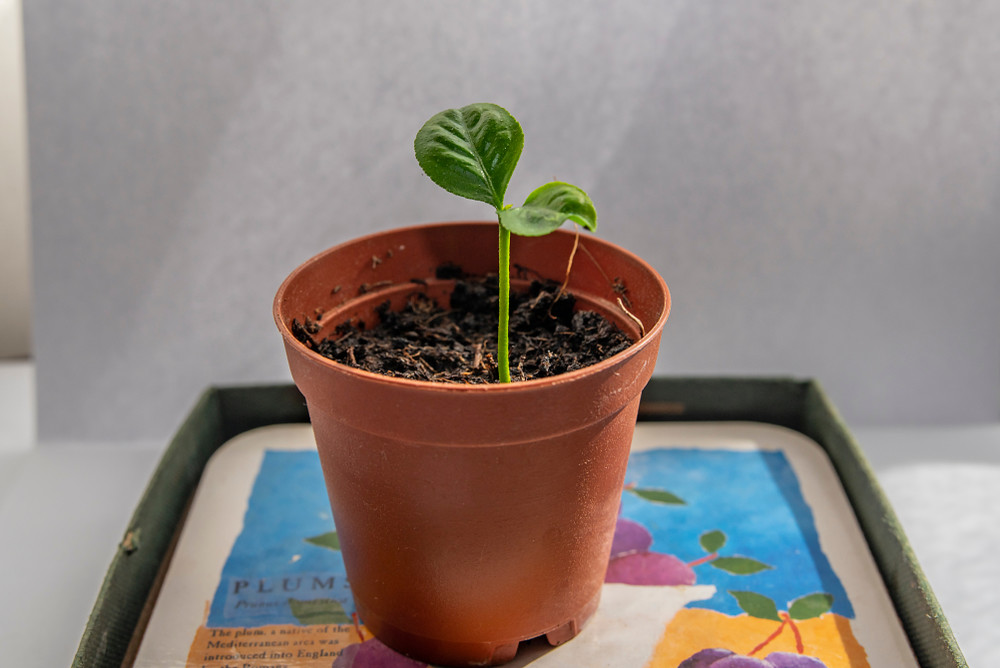
Once you have everything on hand, it’s time to plant.
- First, place some of the soil into a bucket and add water until the soil is completely damp, all the way through in order to pre-moisten it.
- Now, fill the container you’ll be planting the tree in with the pre-moistened soil. Allow about an inch of space below the rim of the container.
- Cut your lemon in half, and choose the largest, best-looking seed you can find. Remove the flesh by popping the seed into your mouth and sucking on it until all of the lemon flavor is gone. Don’t let it dry out – the seeds must remain moist in order to germinate. The best way to prevent it from drying is to just keep it in your mouth until you’re ready to plant it.
- While the seed is still moist, plant it about a half-inch below the soil level and then completely cover it with soil. Spray the soil using a spray bottle, or gently water it using a watering can.
- Now, cover the container with breathable plastic (if you aren’t sure where to get it, this is a good online option), to keep the seed warm and moist.
- Place your container in a warm area and keep an eye on it for a few days, keeping in mind that it needs to stay warm and moist in order to germinate. Never let your potting soil dry out completely or let it cook in intense heat as it could cause the seed to rot. It’s important to strive for a good balance, with just the right amount of moisture and warmth.
- In about two weeks, you should see a little sprout emerge from the soil. Once it arrives, you can remove the plastic and place your growing tree in a warm location that gets lots of direct sunlight, supplementing with 40-watt fluorescent shop lights, if necessary.
Caring for your growing tree
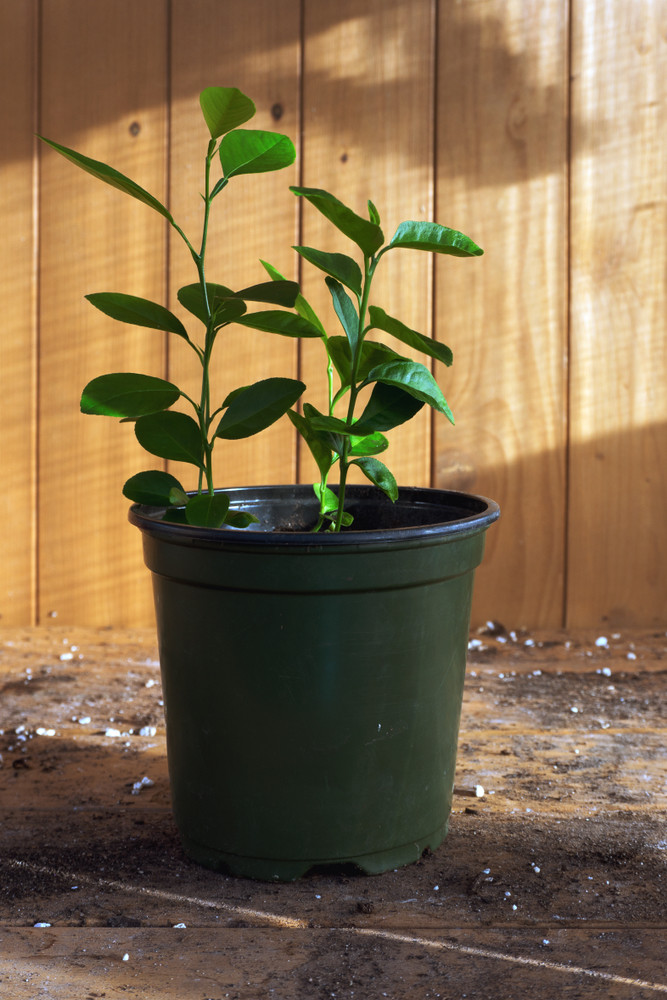
Now the fun part, you get to nurture it and watch it grow.
The following tips will help ensure that it grows healthy and strong, and produces plenty of lemons that you’ll be able to use for many years to come.
A growing tree also needs nutrients in order to stay healthy. Feeding it an organic fertilizer like vermicompost or compost once it’s developed a set of leaves is a great way to do that.
You only need to feed it once or twice a year, by digging a small trench around its base and then filling it with the compost and watering it well. Never over fertilize – less is best. If you aren’t sure how long it’s been since you’ve fed your tree, it’s better to wait a bit longer and be safe.
Be sure that the soil is moist at all times, especially when the tree is young.
Never let it sit in a puddle of stagnant water – that’s why you purchased a container with drainage holes, and they’re there for good reason.
Make sure it gets plenty of sunlight. When growing indoors, it should be somewhere that it will get at least eight (and preferably 10) hours of direct sunshine every day – of course, as mentioned, you can supplement some of that sun by using artificial lights.
Many swear that paying attention to the tree, talking to it, gently feeling it and observing its growth, helps it to become an especially strong, healthy adult tree. Of course, spending time with it will also make it easier for you to notice if any problems develop, such as browning leaves or pests.
Skip The Hard Part – Buy An Existing Tree
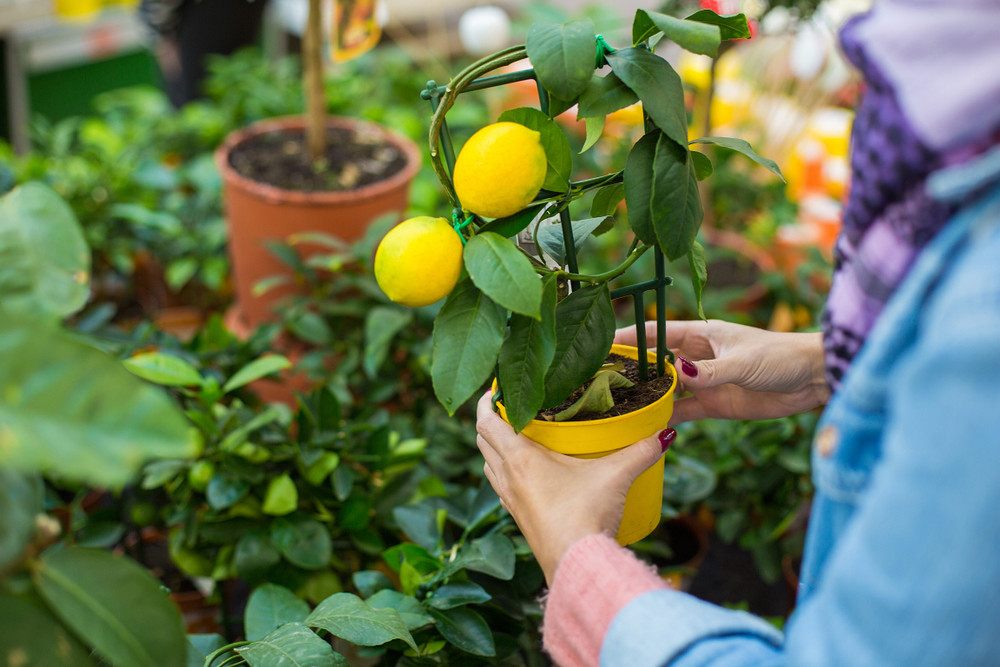
Growing a lemon tree from seed is undoubtedly a rewarding process, but if you’re an impatient gardener and would like to start harvesting your lemons sooner, you’ll want to invest in a mature potted lemon tree.
With the advancements in shipping technology, you can buy lemon trees online and have them delivered direct to your door. The advantage of this is that your lemon tree can start producing fruit in the first year. You still have to care for it and plucking your very first homegrown lemon is still just as rewarding.
This Meyer Lemon Dwarf Tree is the best reviewed on Amazon. You can be picking your very own lemons in your first year and you’ll notice that the lemons are much more delicate in flavor than store bought lemons.
Take a look at the details and get your lemon tree here.
Pin This To Save For Later
Want to try this fun gardening project? Then Pin this to save for later.

